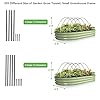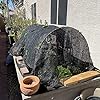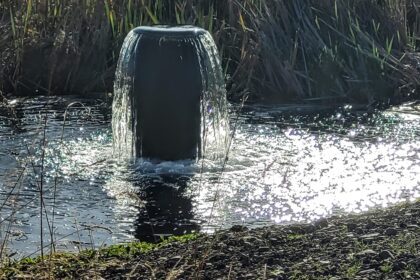
If you take a walk around your neighborhood, you may notice that manicured lawns that have been clipped, contained, and cut are on the decline. More people are opting for a different approach when it comes to lawn maintenance. Instead of a tidy look, the latest ungardening trend promotes a more wild vibe with tapestry lawns and a mix of weeds. This trend is great for biodiversity and requires less time to maintain. But just because you are allowing weeds to grow on your lawn does not mean you should keep any and all weeds. There are loads of common pink weeds that appear in lawns, and it is important to know which to keep and which to pull.
Certain pink weeds, such as crown vetch and Himalayan balsam, should be pulled straight away because of their invasive nature. However, there are weeds with pink flowers that look enchanting and are perfectly safe to keep in your lawn, like pink purslane and wood sorrel. These weeds are attractive, non-invasive, and do not spread as aggressively as others. When deciding what weeds to keep and what weeds to pull, a safe bet is to check your state's website to see if it is considered invasive in your area. If it is invasive, never hesitate — get rid of it.
You should always pull crown vetch (Securigera varia) if it appears in your yard, as it is an invasive species in many states and is known to overtake native plants and create a dense monoculture. It is also very difficult to control once it has established itself. To spot crown vetch, look out for a creeping plant with stems growing 2 to 6 feet long. Flowering from May to August, this weed produces small clusters of light pink to white flowers. Its oblong leaves are dark green, growing in a uniform pattern along each stem.
Field bindweed (Convolvulus arvensis) must be pulled straight away if it appears in your lawn. Considered one of the worst invasive weeds in the U.S., field bindweed forms dense mats that destroy habitats and biodiversity. It has white bell-like flowers that are tinged with pink, and arrowhead-shaped leaves. The stems of field bindweed usually grow along the ground, twisting and turning around other plants. These stems can grow over 6 feet in length. If you pull up any field bindweed in your lawn, ensure you are checking every two weeks for new growth.
You should pull common mallow (Malva neglecta) if you find it in your lawn. It is only officially listed as invasive in West Virginia, but it is an adaptable weed that spreads aggressively by seed. These seeds last a long time in soil and will germinate when water eventually penetrates them. To identify common mallow in your garden, keep an eye out for pale pink flowers with five notched petals and large, palmate leaves that are around 1/2 to 1 1/2 inches in diameter. As a low grower, common mallow survives mowing and needs to be pulled by hand.



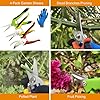







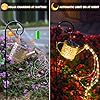
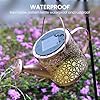






![[High Quality] - The Bamboo stakes are made of high quality natural bamboo.It’s very strong and durable,great for plant support!Each stakes is inspected manually to ensure quality. [Multipurpose Use] - Perfect for indoor and outdoor plants.It's great...](https://m.media-amazon.com/images/I/51zEDOHJvML._SL160_.jpg)







